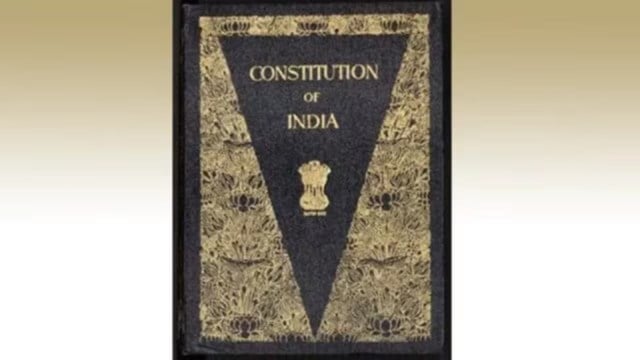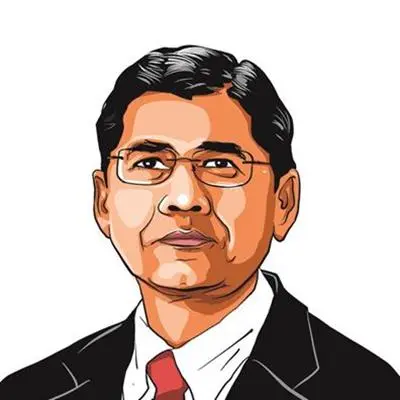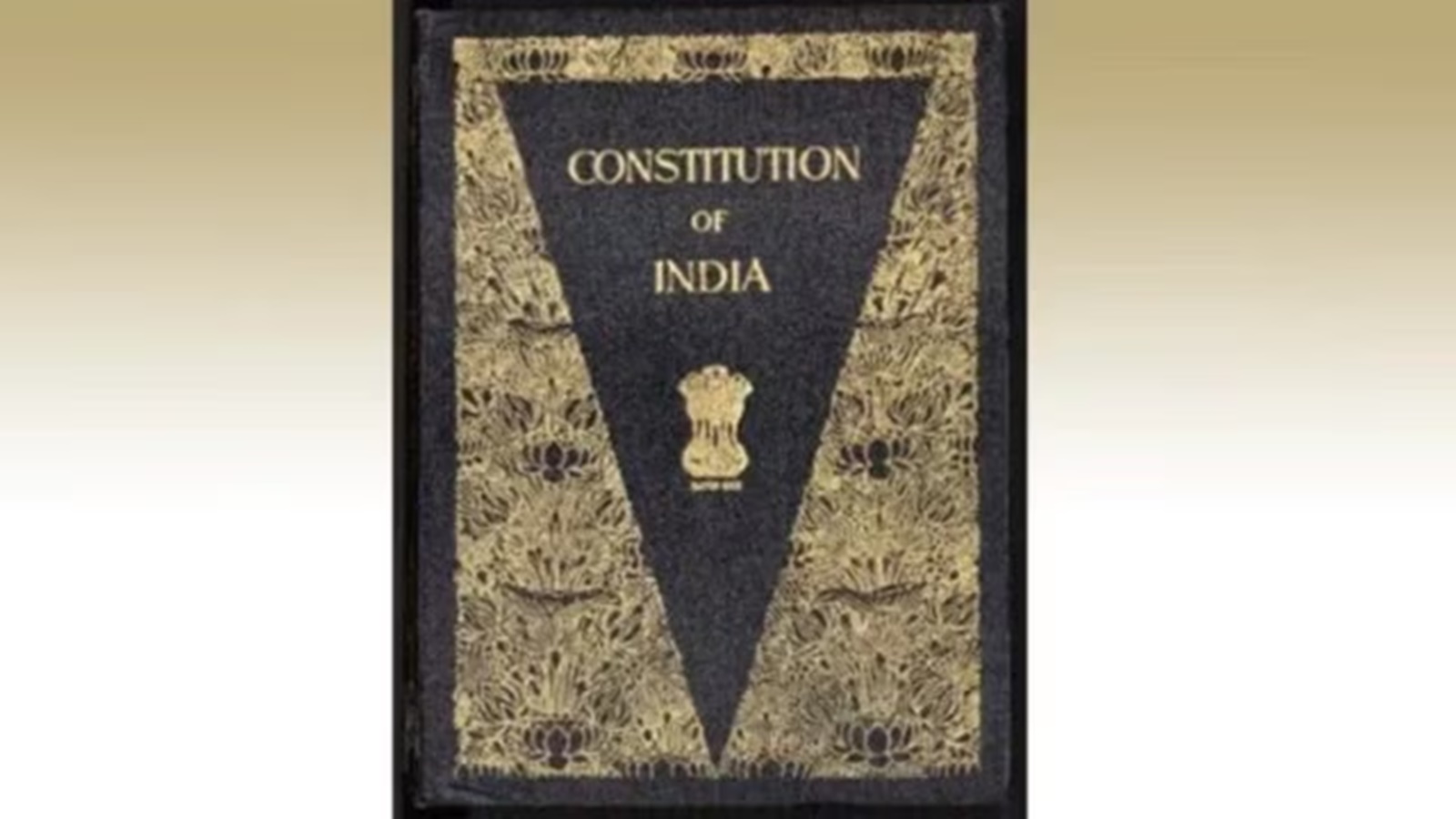

Nov 26, 2024 13:38 IST First published on: Nov 26, 2024 at 13:38 IST
On November 26, 1949, the Constituent Assembly passed a resolution approving the final draft of the world’s largest constitution. Tom Ginsburg, a professor at the University of Chicago who has studied over 200 constitutions of various countries that were adopted after 1789, found that their average lifespan was just 17 years. It is a tribute to our founding fathers that their draft, with amendments, has lasted 75 years. In contrast, Sri Lanka replaced its constitution thrice, Pakistan six times and Nepal five times. Undoubtedly, there is something special about the second-oldest constitution that we can be justifiably proud of. It is, therefore, time to look back at the origins of this document that continues to be the basis for the functioning of the world’s largest democracy.
The last of the enactments that were made for the governance of undivided India was the detailed Government of India Act, 1935, that was based on a White Paper and Joint Parliamentary Committee Report. In April 1936, at its 49th session held in Lucknow, the Indian National Congress rejected this Act as being designed to facilitate and perpetuate the domination and exploitation of the people of India. The Congress reiterated its demand for a Constituent Assembly consisting of elected Indians who would frame its own constitution.
After World War II, it was clear that India would get freedom before the end of that decade. The Cabinet Mission Plan of 1946 envisaged the creation of a Constituent Assembly that included representatives of the Congress, the Muslim League and the princely states to draft a constitution for a united India. Lord Wavell, the then Viceroy, made a fervent appeal to these three parties to work together in what he called “the greatest and momentous experiment in the whole history of the world – a new Constitution to control the destiny of 400,000,000 people.”
Sadly, the Muslim League decided to boycott this Assembly which began its first session on December 9, 1946. The final draft of the Constitution was prepared over a period of two years, 11 months and 17 days. Out of eight major committees, the drafting committee, under the chairmanship of B R Ambedkar, was appointed on August 29, 1947, and took 141 working days to prepare a final draft that initially consisted of 243 articles and 13 schedules. This committee had the invaluable assistance of B N Rau as the constitutional adviser and of S N Mukherjee as the chief draftsman of the Constitution.
Just a fortnight earlier, India had attained freedom, and Section 8 of the Indian Independence Act, 1947 enabled the Constituent Assembly to perform dual functions: To draft the new Constitution and to function as the federal legislature under the Government of India Act, 1935. It is supremely ironic that the 1935 Act, which was condemned by the Congress in 1936 became the basis of our Constitution.
Ambedkar presented this draft to the Constituent Assembly on November 4, 1948. He explained why the parliamentary system of government was being preferred to the presidential form that prevailed in the United States. India was also to have a federal structure but with greater power being given to the Union. He was at pains to point out why our Constitution, unlike others, was lengthy and detailed. In the United Kingdom, there is no written constitution but there are established conventions that are scrupulously followed, as part of what is called “constitutional morality”. India was an infant nation, with no conventions, and with a population having several languages, castes and religions. It was, therefore, necessary to have a Constitution that set out, in great detail, the roles of the legislature, the executive and the judiciary.
most read
The Constituent Assembly had outstanding legal experts and analysed the draft with great care. A total of 7,635 amendments were tabled and 2,473 were considered, resulting in the final draft that had 395 articles and eight schedules. Its two most important features were the chapters on Fundamental Rights and Directive Principles. Several of these provisions were adopted from the US, Australian, Canadian, Japanese and Irish constitutions. Indeed, no other constitution in human history was prepared with so much attention to detail. Ambedkar’s speech on November 25, 1949, deserves to be read in full. After the draft Constitution was adopted the next day, the Assembly was adjourned to January 26, 1950.
In its 75 year journey, this marvellous document has been amended almost 125 times. The ability to amend its provisions has proved to be its strength. This has avoided rigidity and enabled it to adapt to the changing needs of a diverse society. The Constitution survived an attempt to destroy it during the Emergency, particularly by the shameful 42nd amendment. The finest day in its 75 year existence was April 24, 1973, when by a slender majority, the Supreme Court prohibited any amendment that altered its basic structure or its essential features. The doctrine of basic structure has guaranteed that our Constitution will certainly celebrate its 100th birthday. It is now upto elected governments at the Centre and the states to work towards attaining the noble objectives set out in the Directive Principles without compromising on the Fundamental Rights of its citizens. The people of India could not have received a better gift at the beginning of their journey as an independent nation.
The writer is a senior advocate


